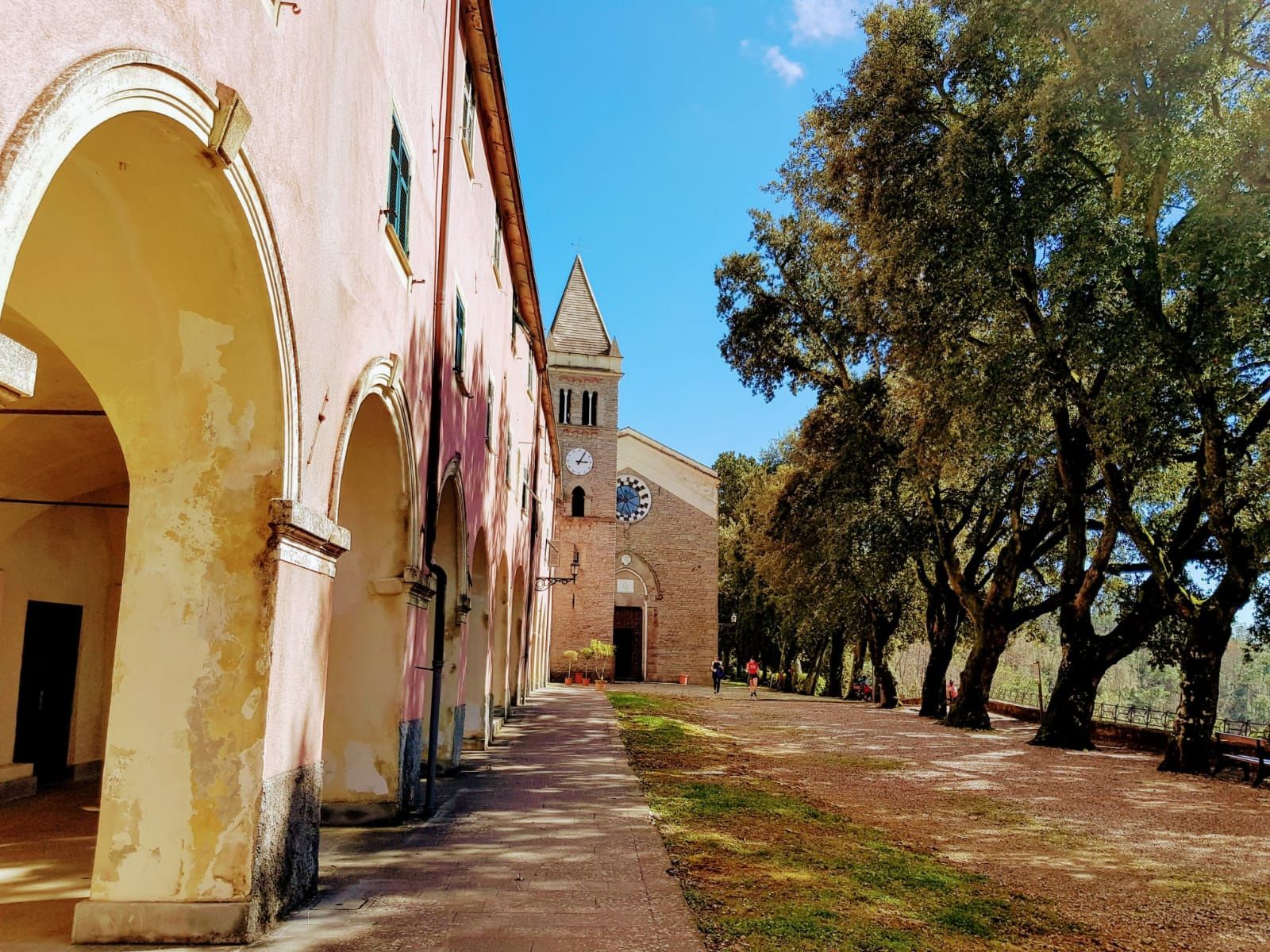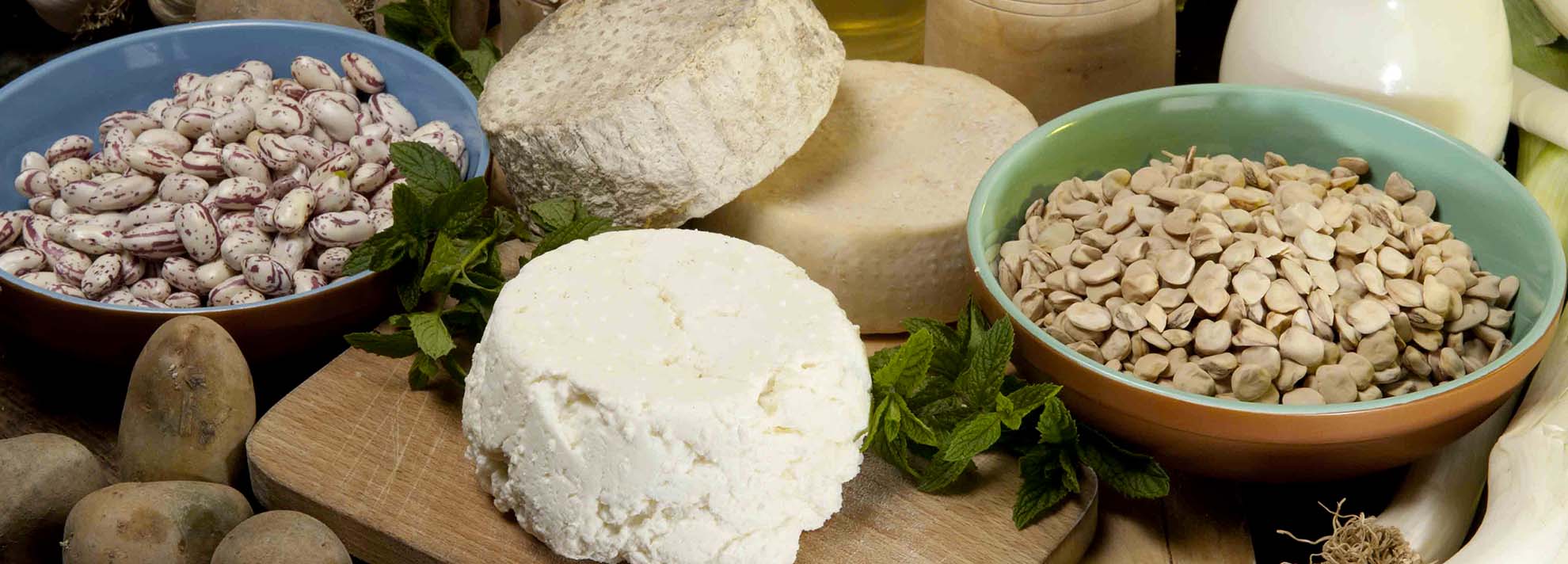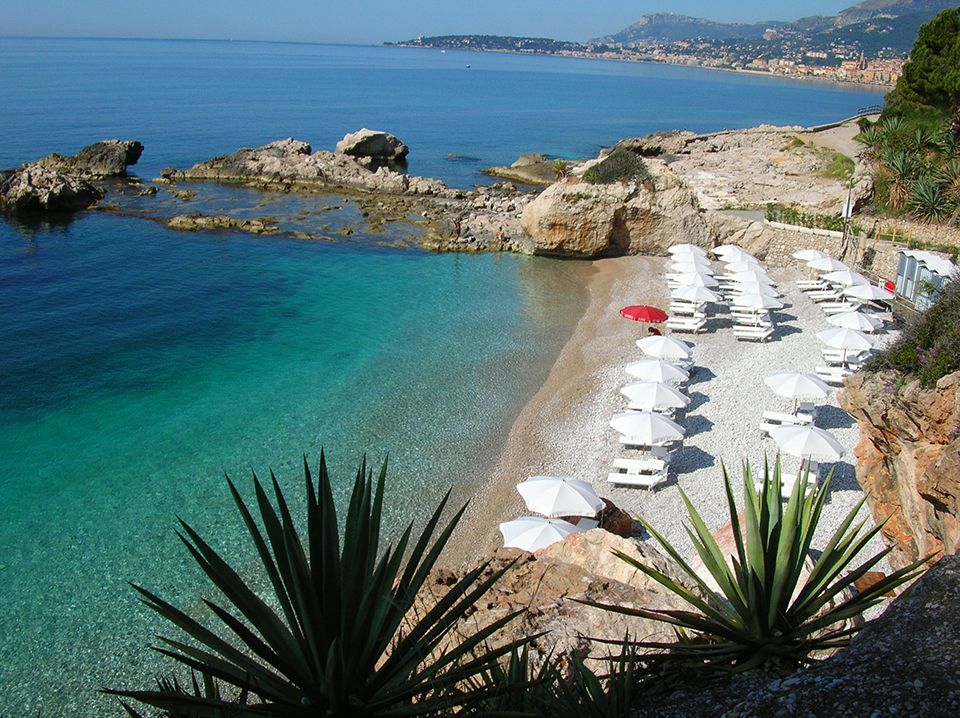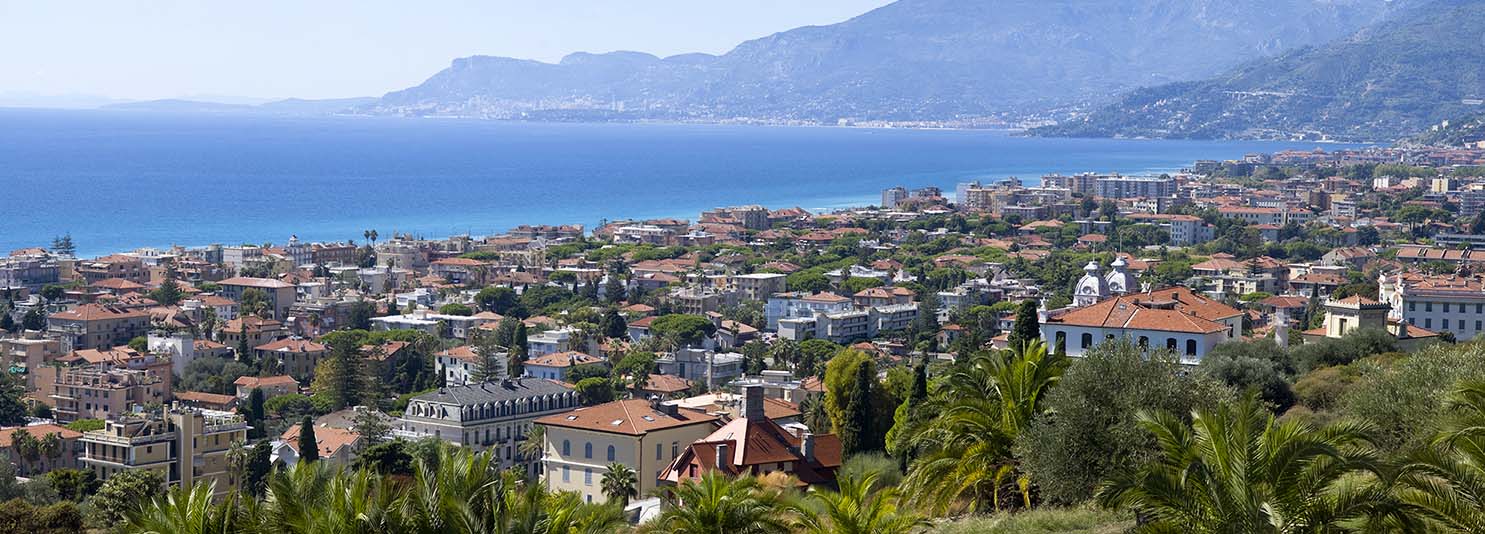Calvino: The itinerary of the places in Sanremo
Flower Riviera
Italo Calvino and Sanremo, an inseparable bond: here is the itinerary of the places in Sanremo. In the pages of the writer, the City of Flowers does not appear directly but you can find references, angles, sensations, and descriptions that can be traced back inevitably to Sanremo. Today, coinciding with the centenary of Calvino's birth, there’s an itinerary of these places, a path to follow in the city to discover (or rediscover) Sanremo through the eyes of Italo Calvino. It was created by Laura Guglielmi, a journalist and writer, together with Veronica Pesce from the University of Genoa, and with the collaboration of students. Laura Guglielmi, originally from Sanremo, is not new to this experience: in 1995, she curated an exhibition on Calvino in Sanremo, which later arrived in New York in 1999 for the celebrations of Italo Calvino organised by his daughter Giovanna. She was the first to map Calvino's places. The itinerary will become a publication titled "Italo Calvino. Sanremo and its surroundings" (Palindromo publisher) and, along with the celebrations of the writer's anniversary of birth, will also include a path highlighted with 38 panels in Sanremo. The itinerary is divided into two parts, one in the city and one in the countryside.
The stages
In città: da villa Magnolie alla Passeggiata ImperatriceDal centro storico a Terralba
In campagna: la Speculazione Edilizia
La Strada di San Giovanni
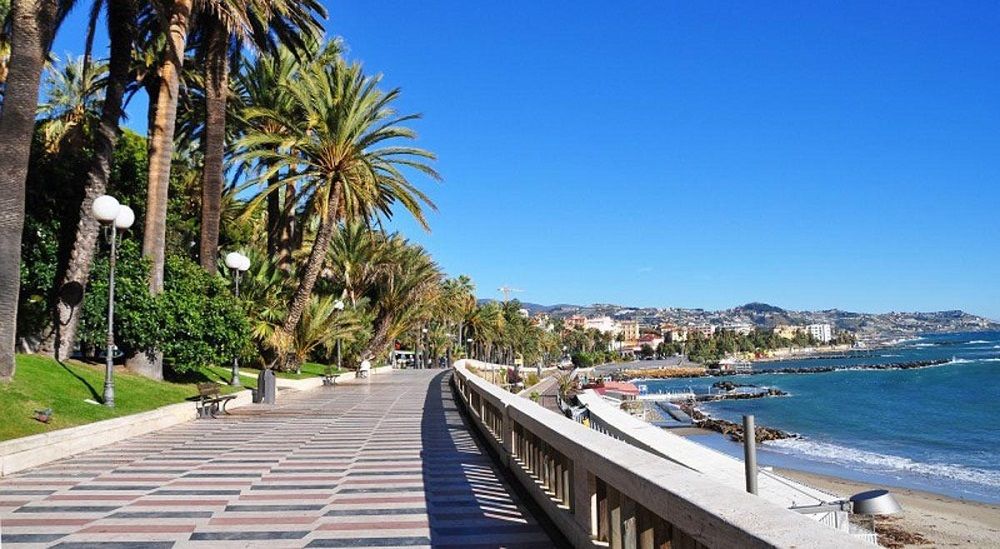
From Villa Magnolie to the Empress Walk
In the city, the itinerary goes from Villa Magnolie, where the nursery school that hosted Calvino was located, which follows the cycle path along the seafront and reaches the fountain at the harbor, the Fortress of Santa Tecla. The path then continues towards the "Imperatrice" (Empress) a promenade dedicated to Empress Maria Alexandrovna of Russia, where on a bench the young Italo and the future founder of Repubblica, Eugenio Scalfari, schoolmates, would watch the sea and discuss Voltaire. Immediately after, the route climbs towards the Waldensian Schools where the writer attended elementary school, this then passes by the Library where the Eva Mameli and Mario Calvino collection is kept, up to Via Mameli, near the Ariston Theater.
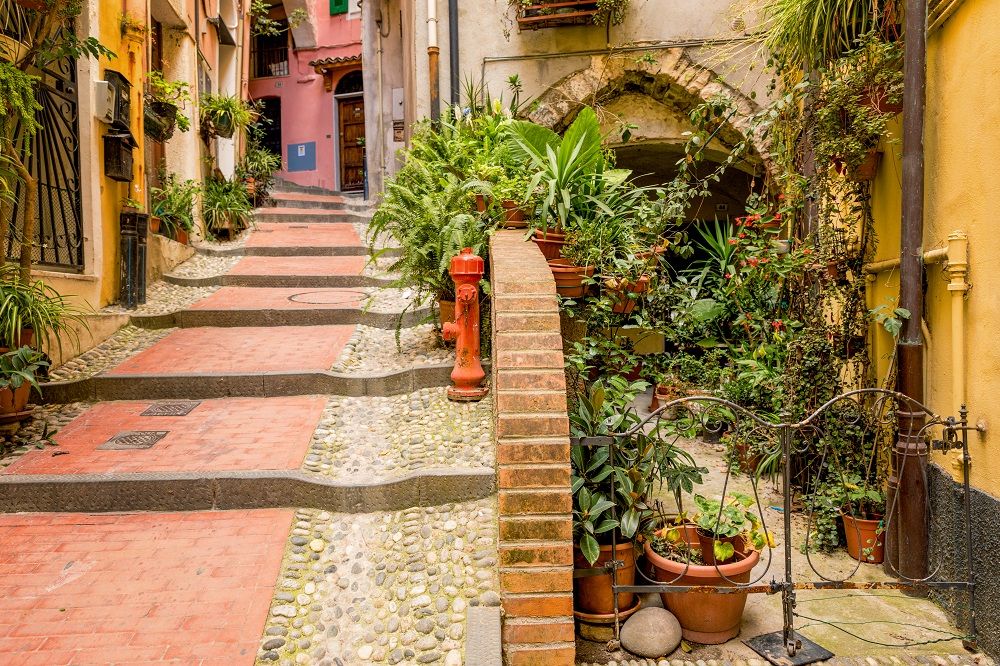
From the historical center to Terralba
From there, the doors of the 'Pigna' (streets that intertwine to resemble the scales of pine cones) open in the historic center of Sanremo, where Calvino set his first novel, "Il sentiero dei nidi di ragno", (The Path to the Spiders’ Nests). You then reach the beautiful church of Madonna della Costa, the Giardini Regina Elena, and Villa Terralba, where his grandparents used to live. Finally, you return to the city via a mule track.
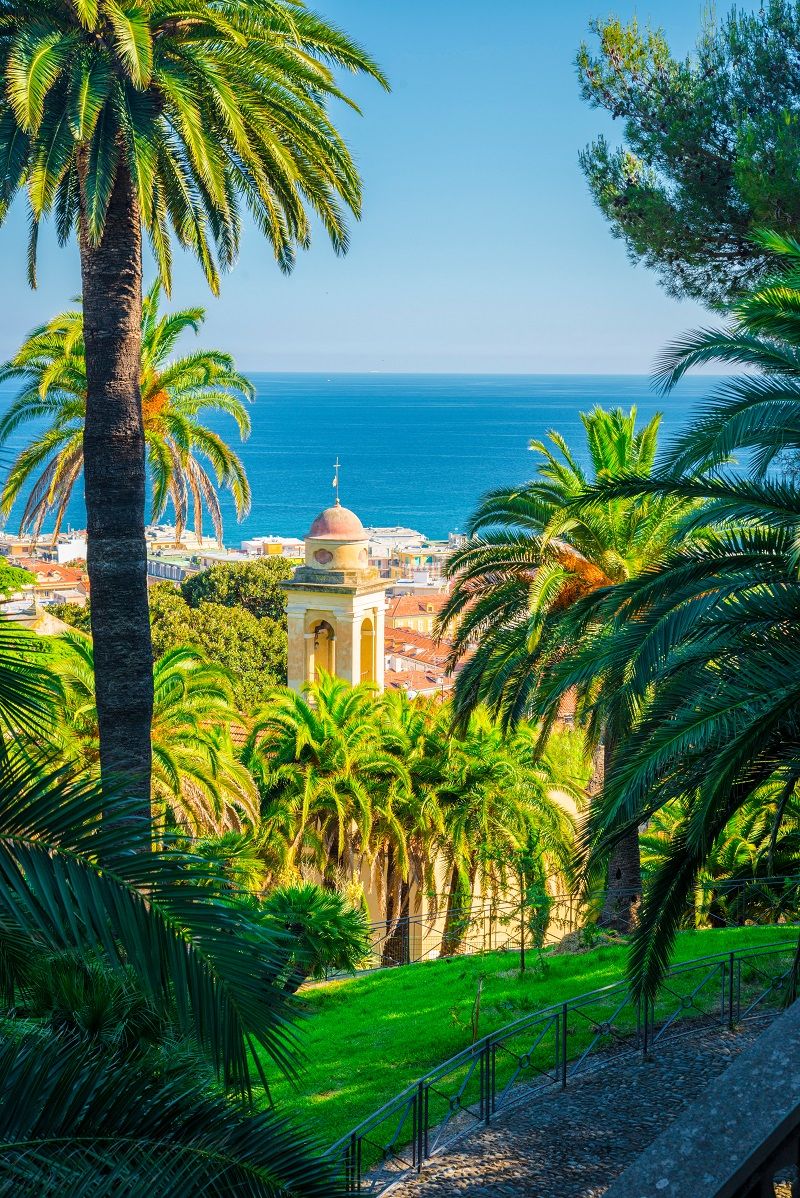
In the countryside: A Plunge into Real Estate
For the countryside itinerary, it is even more important to rely on the words of Italo Calvino and try to take on a bit of his imagination, since many of the places described no longer exist. The trees, the palms "cut down by the fury of the axe," and much of the greenery from the past have been replaced by the current "sunny-three-bedroom-services," as Calvino recounts in "Real Estate Speculation", the last portion in his much loved book, ‘Difficult Loves’.
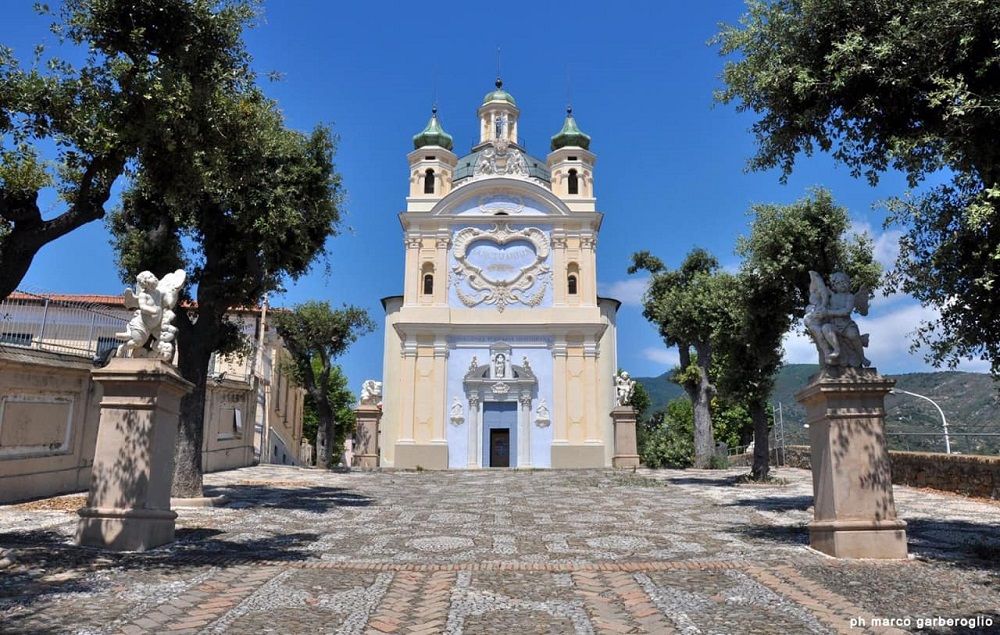
The Road to San Giovanni
You can follow some of what Calvino called "The Road to San Giovanni", streets known as via Borea, via Dante Alighieri and the mule track of San Giovanni from where one had to start for "A General Explanation of the World and History". Starting from number 82 on via Meridiana, where little or nothing is left of the acclimatisation park for tropical plants studied by Mario Calvino, you then go up towards Baragallo, Via Tasciaire where the first house of "Adamo" is, that is Libereso Guglielmi, a friend from Calvino’s youth who later became a great botanist and one of the most beloved characters of Sanremo. Above all, the landscapes vibrate in Italo's words, in the "streams bristling with cane from the rustling of paper", in the "fierce blue of the looming sky" or in the "opaque reverse of the world" that we now find only in the pages written by one of the greatest in Italian literature.




